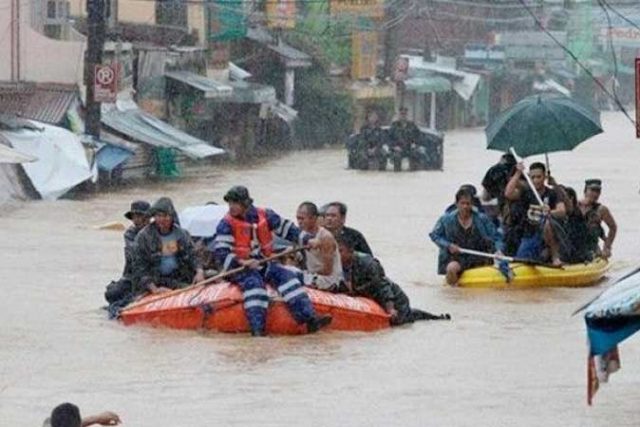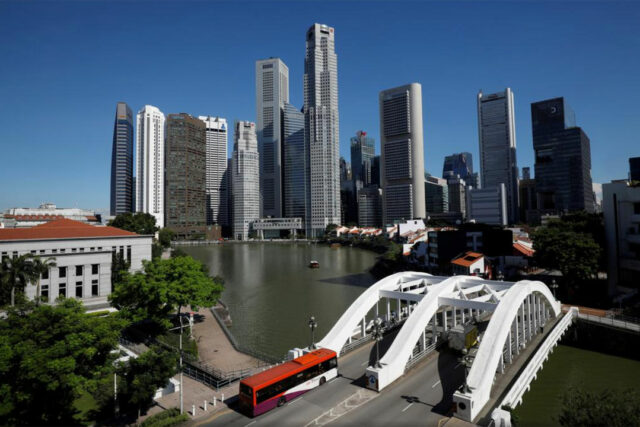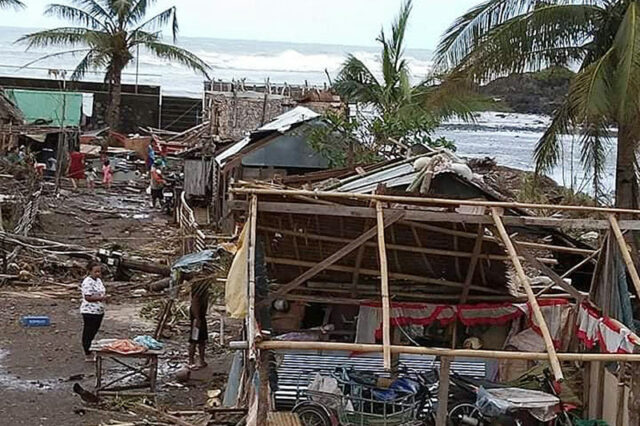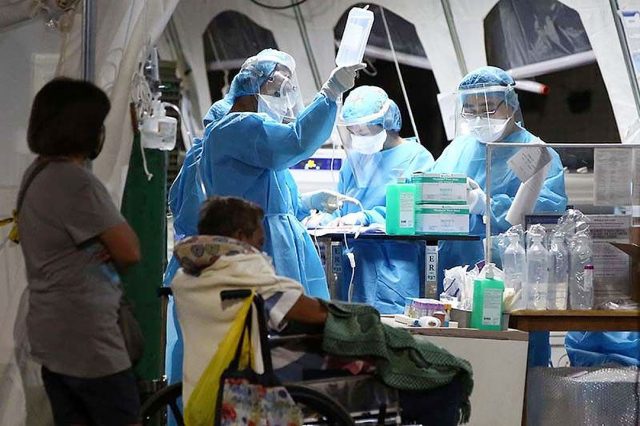Back to Investment: Has the World Bank run out of ideas?
WE HAVE READ with great interest Chapter 3 of the World Bank’s Global Economic Prospects publication of January 2024, entitled “The Magic of Investment Accelerations” (https://www.worldbank.org/en/publication/global-economic-prospects). The chapter tells us not only that investment matters but also that it is as powerful as Chinese medicine: it cures all illnesses. It is the single most important factor to solve economic problems such as growth, climate change, jobs, education, or health. You name it. The implication? Find ways to accelerate investment.
Let us start with the disclaimer that we certainly agree that investment matters. Yet, we have the impression that the World Bank has run out of new ideas and policy advice to give to developing countries. Its authors have decided to return to where it all started: investment. Our reading of the report is that the overall proposition is not new. We are also skeptical about the statement that it cures all illnesses.
Ex-World Bank economist William Easterly wrote a well-known book entitled The Elusive Quest for Growth, in the early 2000s. It details the many panaceas that multilateral banks, led by the World Bank, recommended to the developing countries since WWII. Most of them ended up being failures. The first one of these panaceas was no more than investment. It was all based on the so-called Harrod-Domar model (developed in the late 1930s and early 1940s), poorly used to mis-advice developing countries that they needed a required investment rate to attain a target growth rate. The difference between the required investment and the country’s own savings was called the “financing gap.” What was the selling point? Since private investors would not fill the gap, the World Bank and its little regional sisters would provide foreign assistance.
This model promised poor countries growth right away through aid-financed investment. The model was “aid to investment to growth.” Did this work? We know it did not! The empirical evidence is clear. Easterly concluded: “At the short-run horizons at which we [International Financial Institutions] economists work, there is no evidence that investment is a necessary or a sufficient condition for high growth. In the long run, accumulation of machines does not go along with growth.” Despite this, the World Bank is back to it today with a vengeance.
The above does not mean that investment does not matter. It does in a somewhat tautological sense. Investment goes directly into gross domestic product as a demand component, and into the capital stock, both by definition. The study presents the empirical evidence packaged in what the authors consider a novel way, by studying episodes of investment accelerations. We are skeptical that they are saying something that will shake policy makers. After page after page of “correlates” (we will get to this below), the study does not say how much to invest (only that countries need to accelerate investment), and in what (other than brief statements about infrastructure, health, and education). We insist: not much new.
What does the study do and how is the information presented?
First, there is no attempt to present results in terms of “causality,” which is what economists look for. This is to ascertain that one variable (cigarette smoking; investment) is a true cause of another one (cancer; growth), and that the relationship is not through an intermediate variable. Instead, the authors refer to simple correlations (statistical association between two variables without necessary causality). For this reason, the authors simply speak of variables being “associated.” So, the story is that investment acceleration tends to coincide with improvements in some macroeconomic and financial variables, as well as with reductions in poverty and inequality, and with increased access to infrastructure. Was investment the true underlying cause? We do not know.
What are investment accelerations associated with? This is the list: capital accumulation, productivity growth, employment growth, employment sectoral shifts out of agriculture into manufacturing and services, public and private consumption, fiscal balances (improvement, that is, lower fiscal deficits), export and import growth, capital inflows (increased), domestic credit and gross savings (increased), inflation (fell), poverty and inequality (declined), income converged to that of the advanced economies, and access to infrastructure. Everything. It is amazing.
In a second step, the study delves into the question of how to initiate investment accelerations. The statistical information refers to the likelihood of starting an investment acceleration, that is, variables or actions that have preceded investment accelerations.
The authors claim that these are three types of variables: the country’s initial conditions, economic policies, and institutional setup. What are the country’s initial conditions that have influenced (favored) the onset of investment acceleration? Institutional quality, an undervalued currency, and global output. On economic policies, an improved fiscal balance, lower trade restrictions, and the adoption of inflation targeting. Of course, undertaking reforms to attain these three simultaneously works better (raises the probably of an investment acceleration).
The conclusion? What countries need is a “comprehensive package of stabilization and reform policies to spark an investment acceleration.” The package, the authors add, needs to include microeconomic interventions, for example, entrepreneurship. Finally, this package, which should include fiscal and monetary interventions, structural policies, and efforts to improve institutional quality, needs to be “tailored to the specific circumstances.” I need to add that the effect of economic policies on the likelihood of investment accelerations depends on institutional quality — better institutions matter.
Yes, these are the supposed policy recommendations for the typical developing country. Amazing again.
If you ask: what specific investments is the study talking about? The authors are silent on this. They just talk about investment in general, except in a section where they talk about eliminating wasteful spending and prioritizing public investment in assets such as productive infrastructure, and human capital, through education and healthcare spending. Great news.
Towards the end of study, the authors launch a warning: “In the absence of additional policy reforms, potential output growth [in middle-income countries] is projected to decline from an annual average of 4.9% in 2022-21 to 4% a year in 2022-2030.”
To restate our case: we do not deny that investment must matter. What I argue is that it is not a magic bullet because there is old solid and convincing evidence to support the opposite claim.
Second, the authors have gone too far in their claims about the power of investment — that it solves all problems although the authors avoid establishing causality. One loses track of the number of positive outcomes of investment accelerations; and of the prerequisites for investment accelerations to work. On this last point, the prerequisites for investment accelerations to work demand that the country be Sweden. The study is of little use for policy makers from developing countries because it is a “halo-halo” (mix-mix) of ideas. The policy recommendations derived from the study of investment accelerations are nothing new and are impossible for developing countries.
In our next article, we will argue that the real magic lies in manufacturing and exports, and that investment matters to facilitate or realize these two. We will discuss the Philippines in this context.
Jesus Felipe is a distinguished professor of Economics at De La Salle University. Pedro Pascual is a Board-Certified economist with Spain’s Ministry of Economy and a partner at MC Spencer (Philippines).


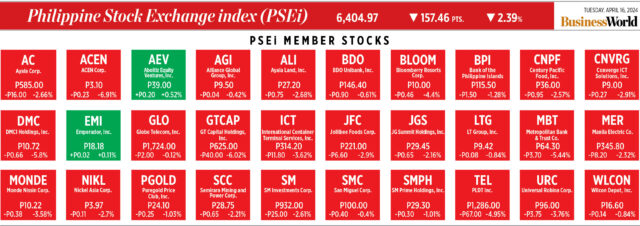
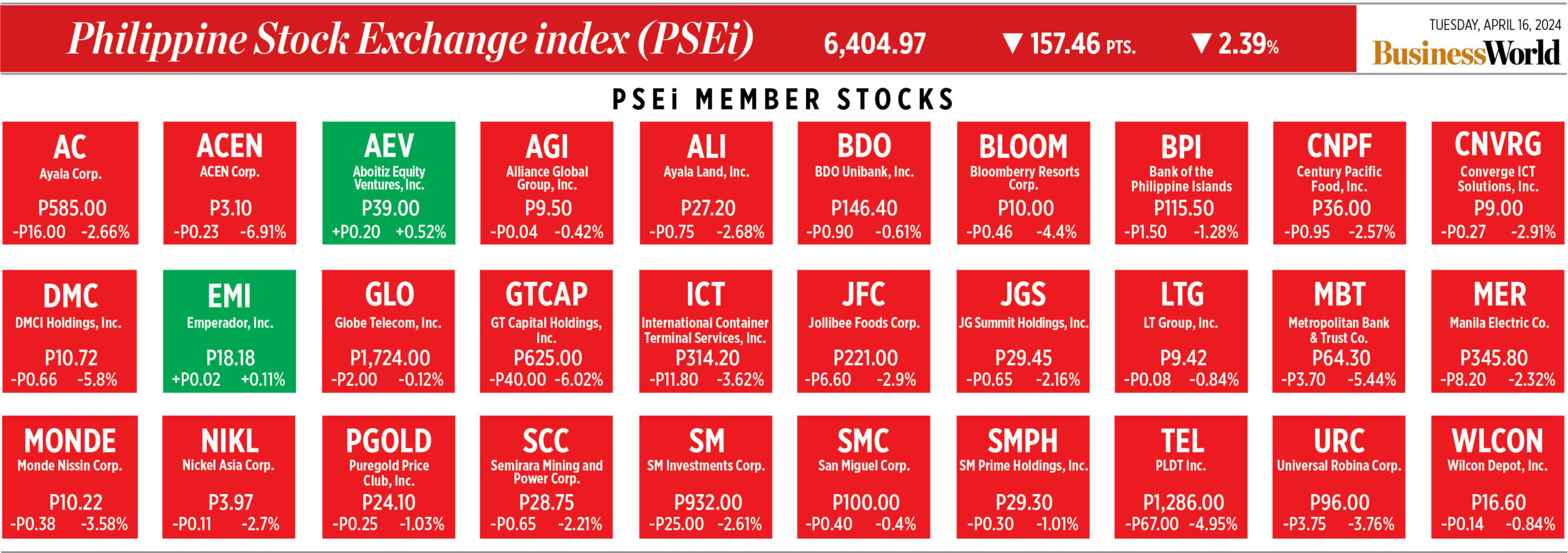

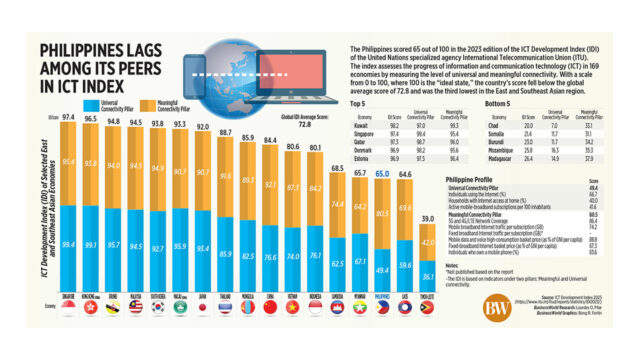


![[PESO PHOTO]20180207_175609](https://www.bworldonline.com/wp-content/uploads/2021/12/PESO-PHOTO20180207_175609-640x360.jpg)
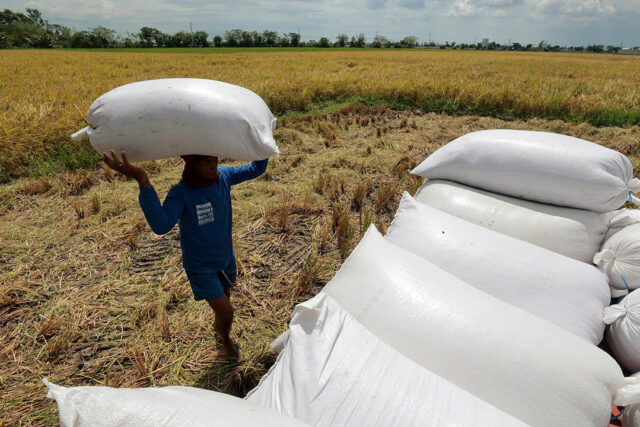

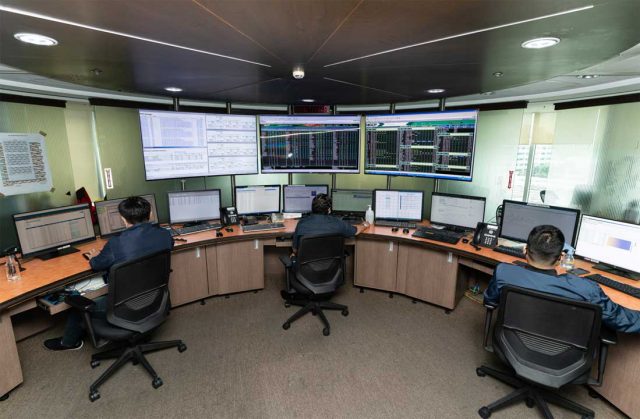
 “Once that’s complete and we have no more requirements for them to submit, we can finalize the evaluation of the program,” Ms. Dimalanta said.
“Once that’s complete and we have no more requirements for them to submit, we can finalize the evaluation of the program,” Ms. Dimalanta said.